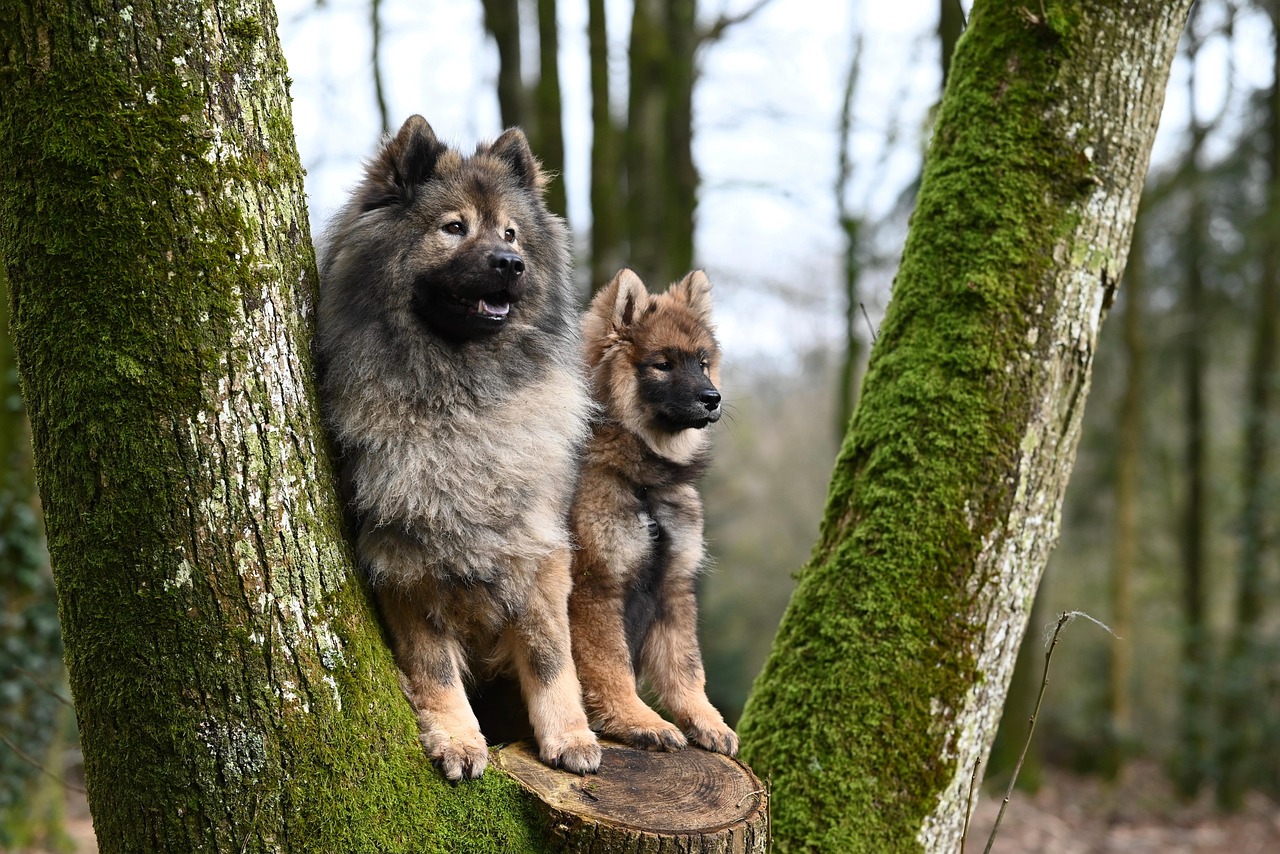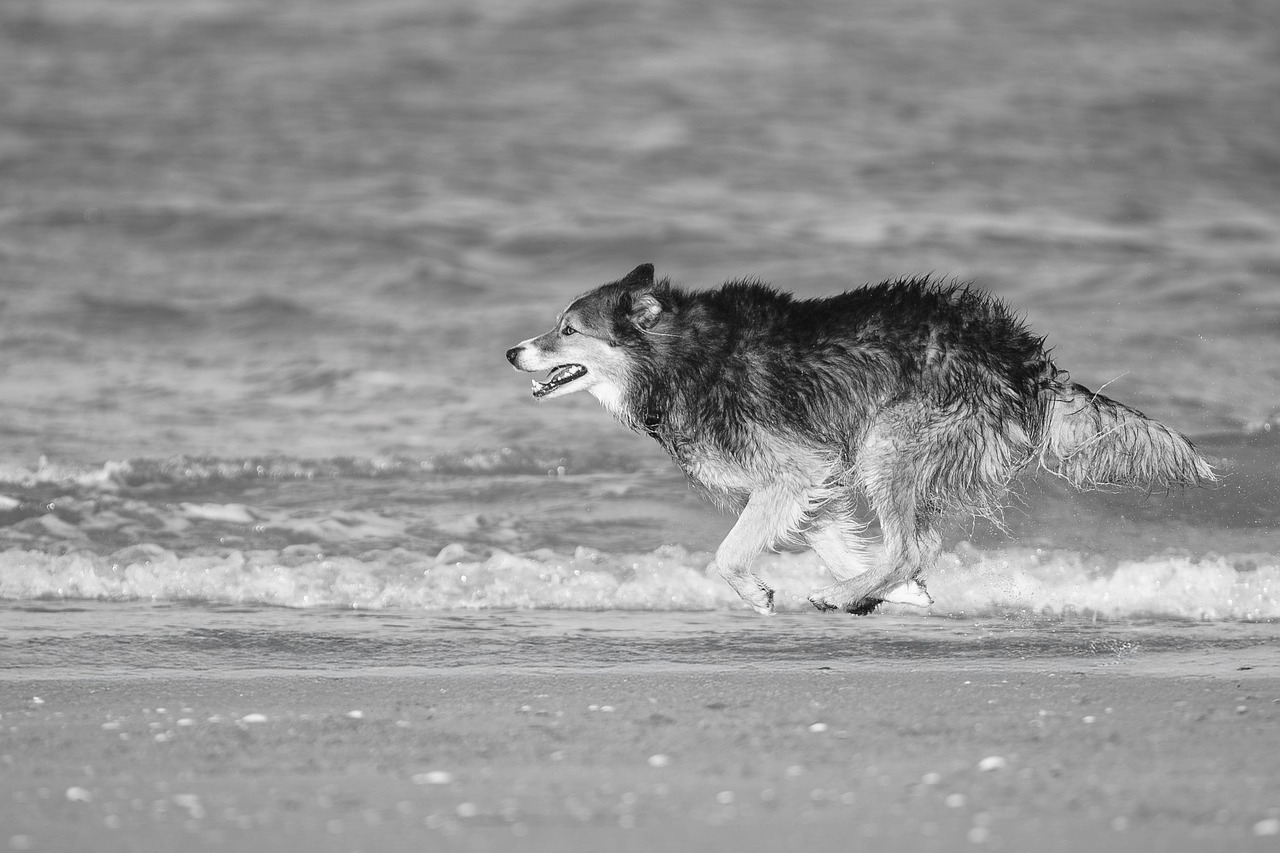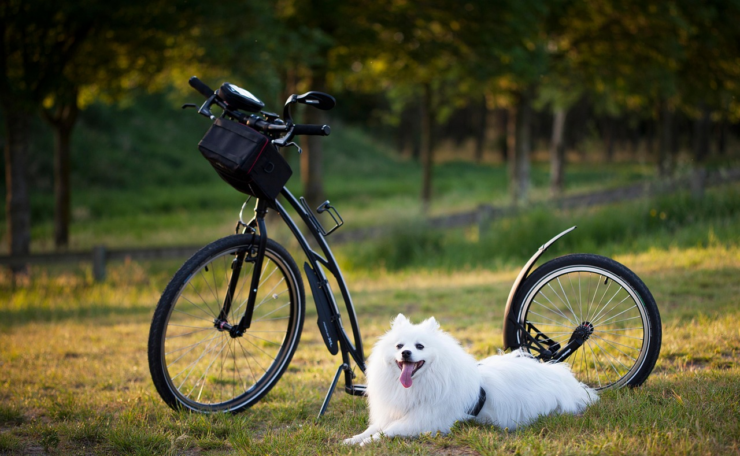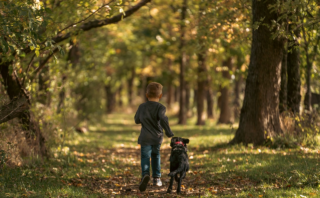Teaching Tails: Easy Dog Training Guide for Kids
Dog training is an exciting opportunity for children to develop various skills, such as discipline, patience, and responsibility. Children can learn a great deal from taking part in dog training, building a bond with their pets, understanding their behaviors, and teaching them new tricks.
Importance of Dog Training for Kids
Dog training isn’t just about teaching commands and getting your pet to behave correctly; it’s also an excellent way for children to interact with their pet in a beneficial and structured way. Dog training offers kids an interactive medium to understand animal behavior, recognize signals, and develop empathy towards these four-legged companions. It can boost their self-esteem since seeing the results of their actions and understanding that they can influence behavior significantly contributes to a child’s self-confidence.

Simultaneously, it teaches them about responsibility, as caregiving tasks become routine. Moreover, training facilitates bonding, helping to establish a healthier relationship between the child and the pet.
Selecting Appropriate Dog Training Methods for Kids
Before embarking on this journey, it’s crucial to understand that all dogs have their own unique personalities and learning paces, just like kids. The key to successful training lies in employing methods suitable for both ends of the leash.
Positive Reinforcement
Positive reinforcement is one of the most effective and child-friendly methods. It involves rewarding good behavior while ignoring unacceptable behaviors.
For instance, when a dog sits on command, the child rewards it with a treat or pat. On the flip side, if the dog jumps on a visitor, instead of scolding or punishing (which can confuse the dog), the child should ignore it. Once the dog settles down and displays calm behavior, the child can then reward this behavior immediately, marking it as acceptable and encouraging it in future interactions.
Clicker Training
Another popular technique is clicker training. It can make teaching commands more engaging for children. The process involves using a small device that emits a clear, sharp ‘click’ sound to signal to a dog when it has done something right. The click sound is always followed by a treat, so the dog learns to associate the sound with a positive reward.

Setting Up a Dog Training Schedule
To make dog training for kids a success, set up a consistent training schedule. Consistency is crucial in any training process, and by following a set plan, the dog will understand and respond to the commands more effectively. Training sessions shouldn’t be too long as both kids and dogs tend to have short attention spans. Short, frequent training sessions of 5-10 minutes are usually more effective.
Frequently Asked Questions
Q1: At what age can a child start participating in dog training?
Children as young as five years old can participate in dog training, under necessary supervision. At this age, they can start with basic commands.
Q2: What are some suitable commands children can train dogs?
Children can start with commands like “sit”, “stay”, “come”, and gradually move onto more complex ones like “leave it” or “roll over”.
Q3: Can any breed be trained by a child?
Yes, any breed can be trained. Understandably, the success of training depends on the particular dog’s temperament and the consistency of the training.
Q4: Is it safe for children to train a dog?
Yes, as long as there is adult supervision, it is safe. Adult supervision ensures that the child uses the methods correctly and treats the dog respectfully.
Q5: How long will the training process take?
Each dog is unique. Thus, the training period can vary. Factors such as age, breed, and individual temperament influence the training duration. It’s important to be patient and consistent.
Conclusion
Dog training for kids offers a wonderful learning experience. It enhances their life skills, nurturing empathy, discipline, and responsibility. By choosing effective training methods, setting up a suitable schedule, and maintaining consistency, any child can have an enriching and enjoyable experience training their dog. Safety should always be a priority, and under adult supervision, this activity will prove beneficial for both the child and their canine companion. Embrace this opportunity for growth and development for your kids and their four-legged friends! It truly is a unique and beautiful journey exploring the fantastic world of canine behavior.




